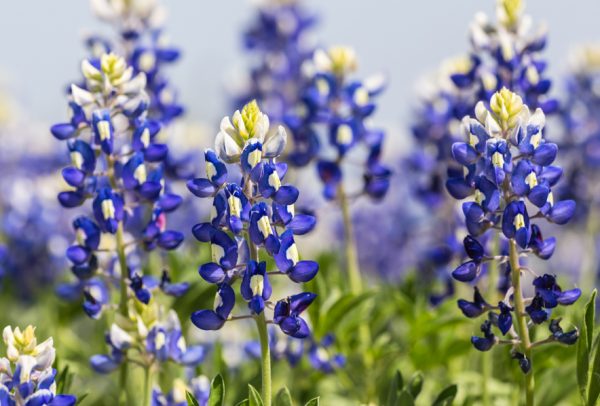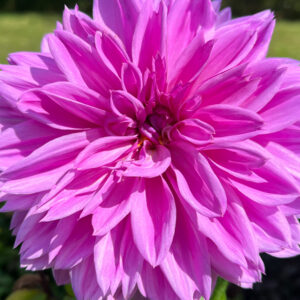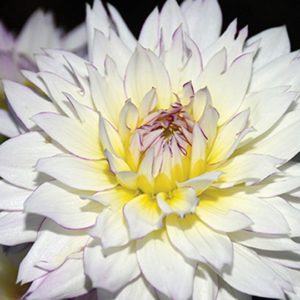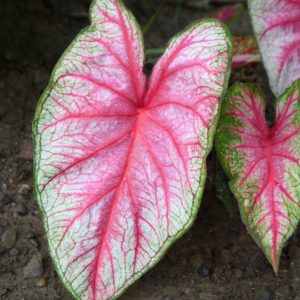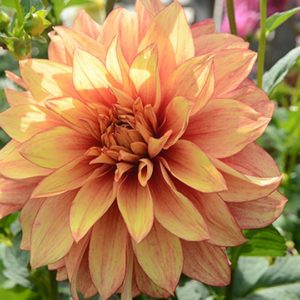Description
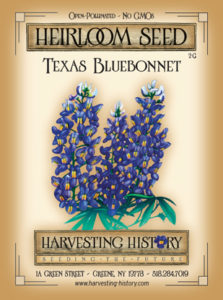 Texas Bluebonnet
Texas Bluebonnet
Lupine is a family of annual and perennial flowers which were native to the Balkans and the Aegean. The oldest Lupines were annuals, white flowered, and had been cultivated since Egyptian times. These plants were used to improve the soil, fixing nitrogen because they are legumes and as a fodder crop. The yellow lupines, also annuals, were also used to improve soil, but they were also prized for their incredible fragrance. Joseph Breck in his 1851 book, The Flower Garden, had much to say about Lupines. “Lupinus perennis is a well-known species, indigenous to many parts of New England, found, frequently, in large masses, from a yard to two rods in circumference, occupying the very poorest sandy or gravelly arid soil;…It is very difficult, or even impossible, to transplant, with success, this fine perennial. The only sure way to propagate it is by seed, which should be gathered before it is entirely ripe, as it is scattered, as soon as mature, by the sudden bursting of the pod, by which the seed is thrown to a considerable distance…The flowers are found, in the wild state, of various colors and shades, from pure white (which is rare) through all the shades of light to dark-blue, inclining to purple…One variety has flowers of a dull pink…” The Lupine commonly available today is a perennial variety. It is a native of the northwestern United States and was first introduced in 1826 and named L. polyphyllus. In the late 1800’s L. polyphyllus captured the imagination and attention of a British amateur horticulturist, George Russell (1857-1951) who developed the variety commonly available today and introduced it in 1937. George Russell spent more than 25 years hybridizing lupines until he had substantially increased the size of the flower spike. When he was finally satisfied with his results, he exhibited his plants at the Royal Horticultural Society Show in 1937. The plants had been grown at the Boningdale Nurseries in Wolverhampton, England. During the summer that followed the RHS Show, more than 70,000 people visited the nursery to try to purchase plants. Lupines are not long-lived perennials, but their extravagant beauty makes them well worth including in the garden. Most lupines do not like heat and so will not grow well in hardiness zones above 5, with one exception – The Texas BlueBonnet. The Texas BlueBonnet is native to Texas and will grow in the Texas heat and so can be grown in other parts of the United States with hot weather. Its deep blue flowers clustered on spires have been prized by Native Americans, the Spanish and settlers for centuries. Spanish priests collected the seeds and planted them around many of the missions in the Southwest. The plant is an important part of the ecosystem and it may be the most important native rangeland legume in Texas, because of its ability to fix nitrogen in the soil around it.

